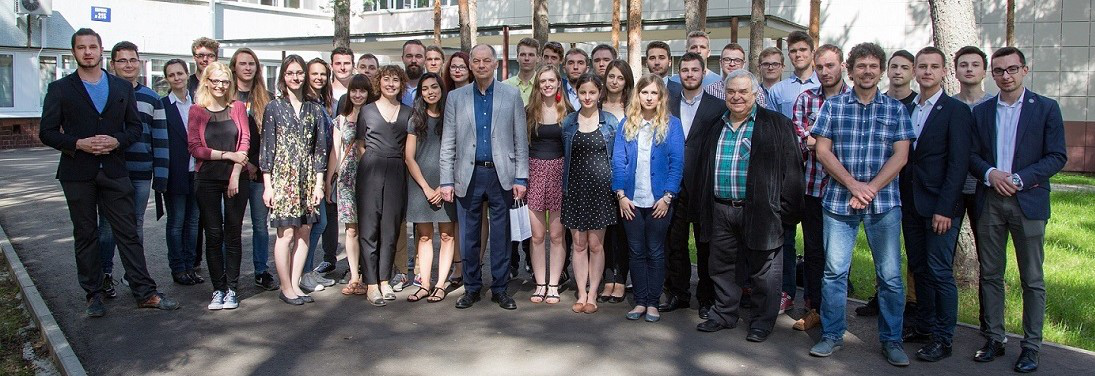Speaker
Description
It is believed that up to a few milliseconds after the Big Bang, the Universe was in the state called Quark-Gluon Plasma (QGP). Moreover, this unique state should be available in the cores of neutron stars. What is QGP really? The matter that exists everywhere is built with quarks and gluons. In the ordinary matter quarks are confined in hadrons (baryons (example: protons), mesons (example: kaons)) but… if the matter reaches very high energy or very high baryon density, quarks and gluons can behave as free particles. This state is called as Quark Gluon Plasma.
To do:
Students will work with the Therminator 2 model. The main tasks are:
a. Install the Therminator 2 environment;
b. Generate events for pPb collisions;
c. Analyze the generated data;
d. Obtain the correlation function for the particles specified before.
Preliminary schedule by topics/tasks
The project duration is 4 weeks.
Required skills
a. Computer with Linux or OS operating system
b. Programming skills in C++ and ROOT languages
c. Basic English skills
Acquired skills and experience
Other programming skills
Recommended literature
a) Introduction to relativistic heavy ion physics, J. Bartke, World Scientific, 2009
b) 2. K+K− femtoscopic correlations in Pb–Pb collisions at √sNN = 2.76 TeV in the ALICE experiment at LHC, B.V. Batyunya, L.V. Malinina, K.R. Mikhaylov, E.P. Rogochaya, 2017
c) 3. Femtoscopic Correlations and Final State Resonance Formation, R. Lednicky, 2011
d) https://therminator2.ifj.edu.pl Therminator generator main page

